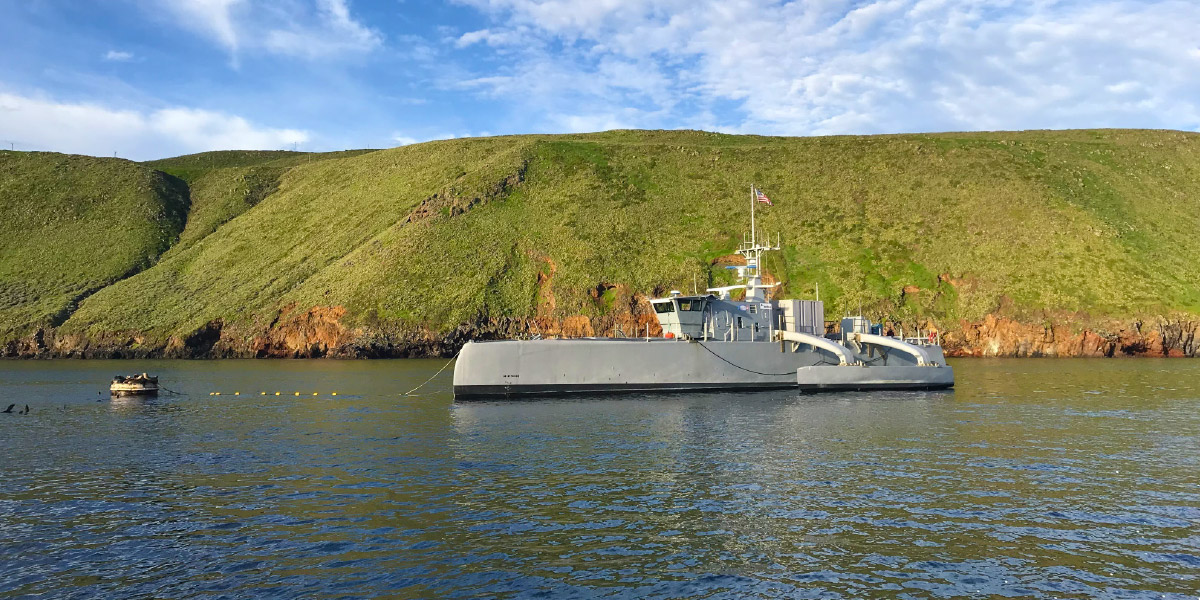Classification of Maritime Unmanned Systems by FVEY Countries - Energy Academic Group

Photo by Moraima Johnston, Office of Naval Research
EAG INTERN RESEARCH HIGHLIGHTS
Classification of Maritime Unmanned Systems by FVEY Countries
By MIDN Theresa Milio, EAG Intern, U.S. Naval Academy
As unmanned systems permeate the maritime environment, it becomes increasingly evident that policy lags far behind technological advances. Created in 1982 by the International Maritime Organization (IMO), the most commonly accepted regulatory policy on the high seas is the United Nations Convention on the Law of the Sea (UNCLOS). Regulations in UNCLOS imply that ships and vessels (terms used interchangeably in the agreement) must be crewed. Since UNCLOS fails to define either of these terms, it is unclear whether its regulations apply to maritime maritime unmanned systems (UxS). This summer, EAG undertook research that:
- Explored the ways the various Five Eyes Alliance (FVEY) countries define the terms “ship” and “vessel”;
- If and how an unmanned system fits into these definitions;
- The precedents being set by how the regulatory bodies of these countries define and treat unmanned systems;
- The implications these classifications will have for the maritime environment.
Observing the definitions provided in FVEY countries, there were two main requirements to be considered a vessel– that it (1) be in or on the water and that it (2) be used for transportation or navigation. The requirements of navigation or transportation led to further definitional challenges, since many UxS do not navigate in traditional manners or do not transport traditional loads. Despite remaining questions about the definitions of “ship” and “vessel,” all FVEY countries have either promulgated policy or set precedents that unmanned systems can be considered as such, indicating that they are regulated by UNCLOS. While this finding affirms that being crewed is not a prerequisite for being considered a ship or vessel, many questions remain about how widely these classifications will apply. New unmanned systems contain novel technology and do not have an obvious crewed counterpart. As UxS develops and becomes more prevalent, policy will need to remain flexible to keep up with changing technology.
The full report by Midshipman Milio will be made available on the EAG website this year.
LEARN MORE
Contact Marina Lesse at marina.lesse@nps.edu for more information about this research.
To learn more about EAG Intern Research visit: https://nps.edu/web/eag/intern-research
Quarterly Newsletter
Surge is published quarterly by the Energy Academic Group and covers a divese range of energy-related topics. View archive

